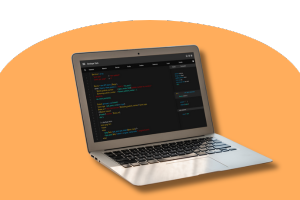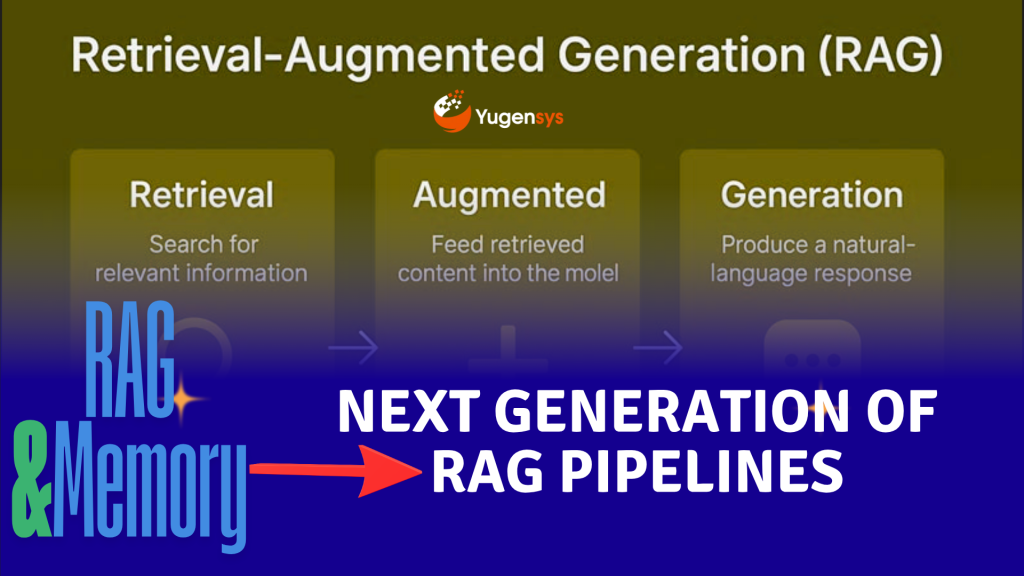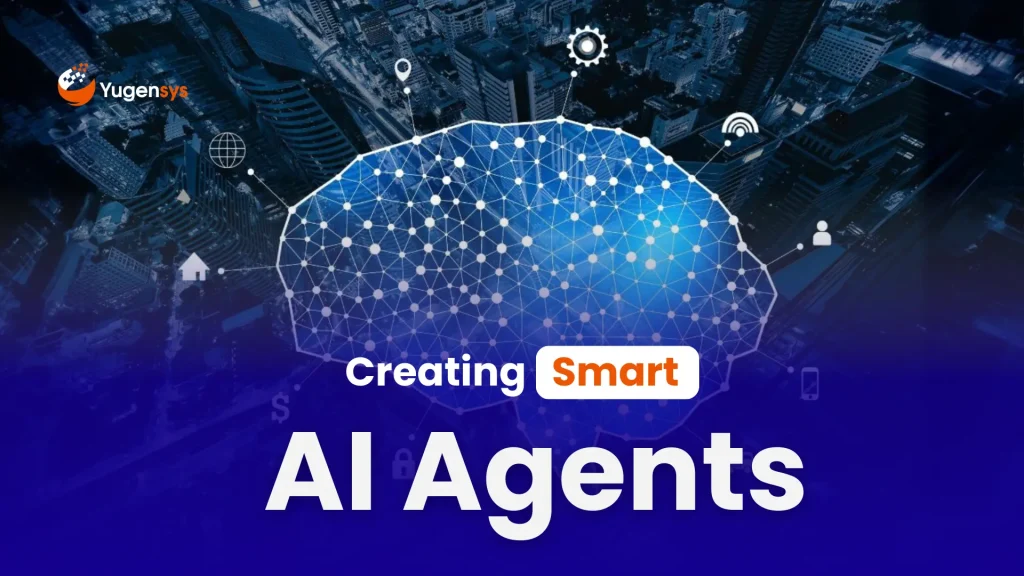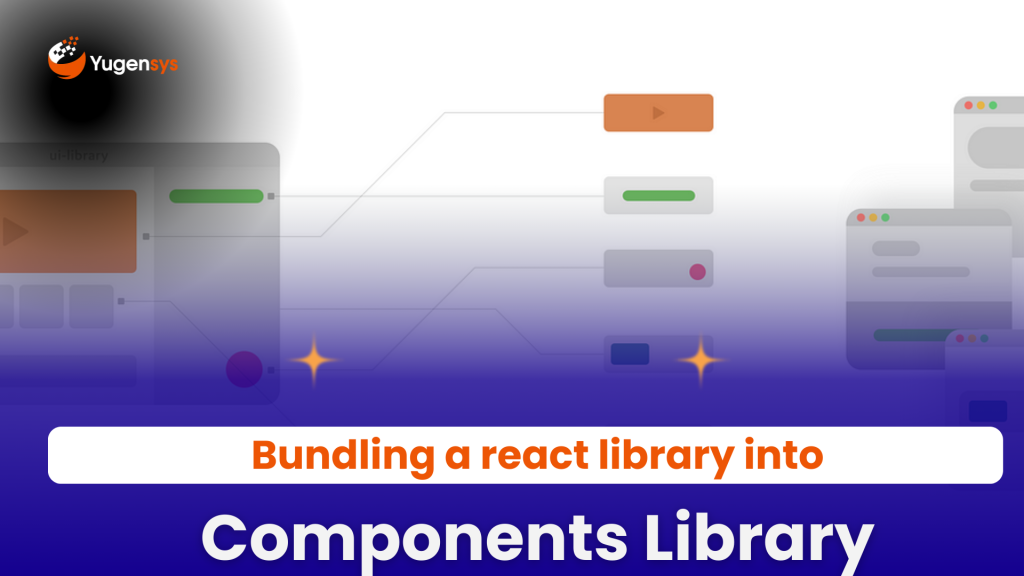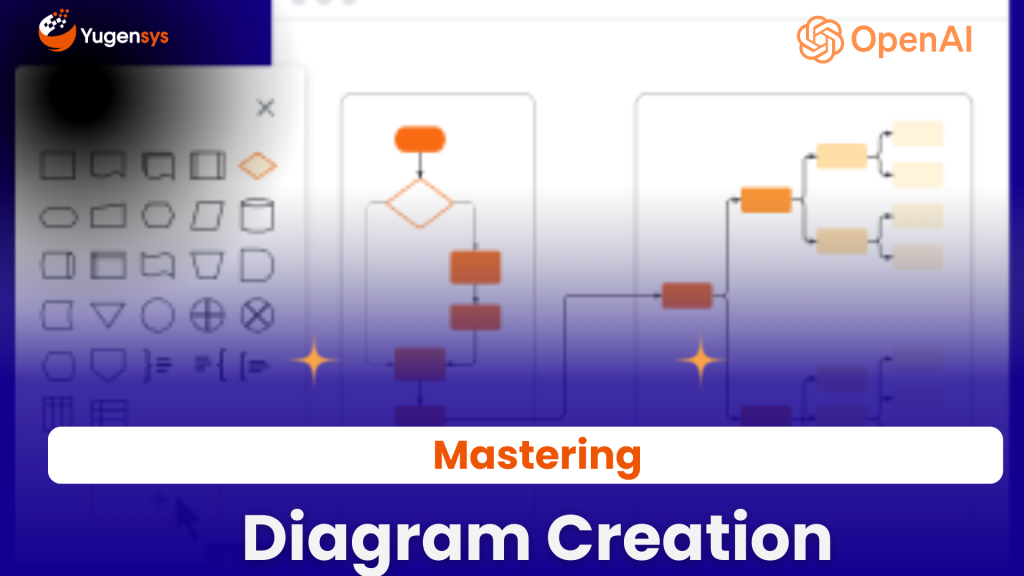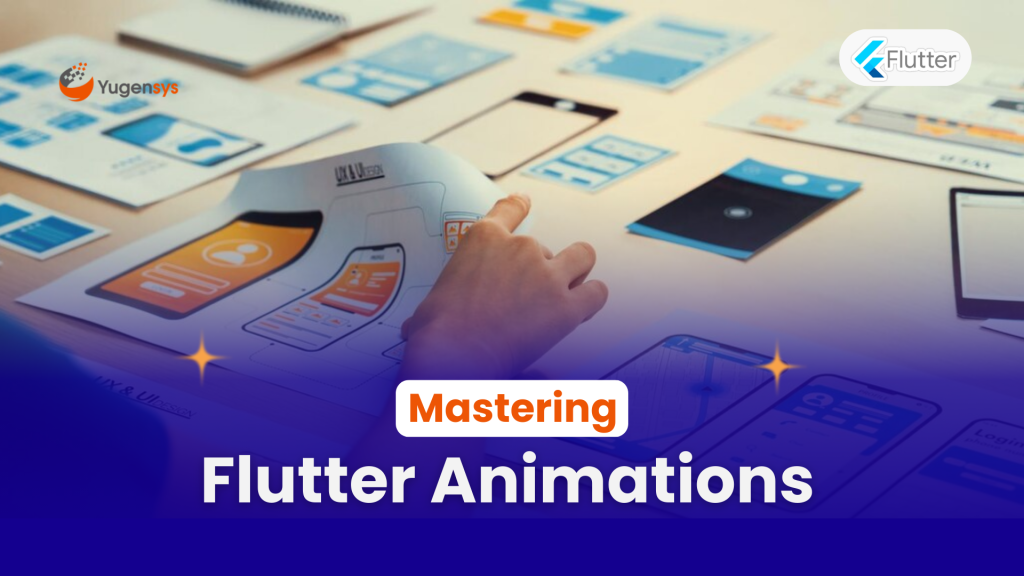5 Tricks to Master OpenAI Prompt Writing for Beginners
Table of Contents
Crafting effective OpenAI prompts can seem daunting at first, but mastering the basics can drastically improve your AI interactions. This guide outlines five practical tricks tailored for beginners, ensuring clarity and effectiveness in every prompt you write.
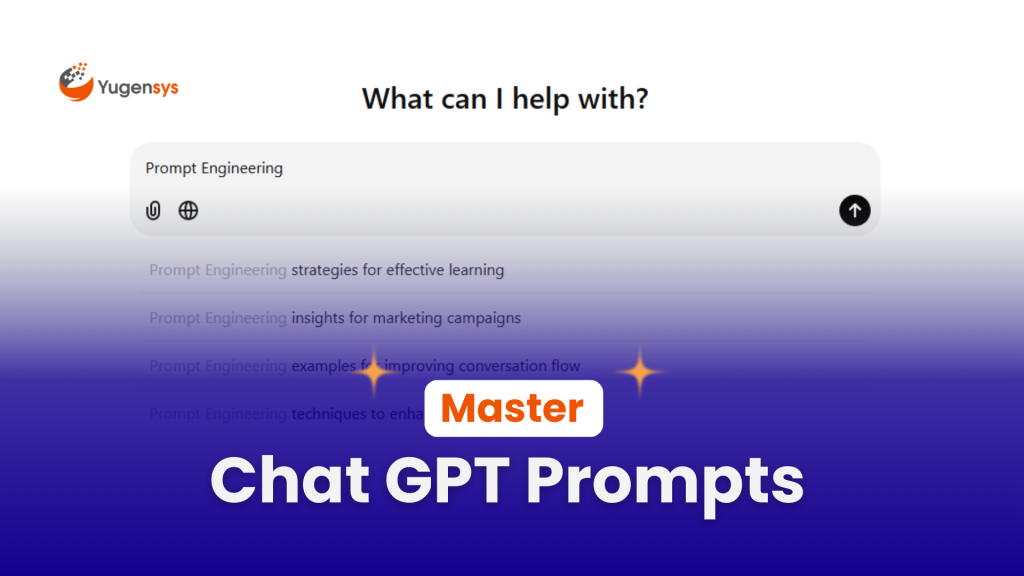
Introduction
In artificial intelligence, a knowledge-based agent is a system that utilizes a knowledge base to make informed decisions. The agent reasons about the world and acts upon it, based on what it knows and what it perceives. In this blog, we will explore how to design a knowledge-based agent to solve a robot navigation problem using logical inference.
1. Write Clear and Concise Instructions
Why it’s important: Ambiguity in prompts often leads to irrelevant or unhelpful responses. Clear instructions help AI stay on track.
How to implement: Break down your task into specific, actionable steps. Avoid vague terms and provide a structured outline.
Example: Instead of “Explain AI,” write “Describe three applications of AI in healthcare.”
Pro Tip: Use bullet points to organize complex instructions.
2. Use Reference Texts for Context
Why it’s important: References allow the AI to ground its responses in reliable information.
How to implement: Include links, PDFs, or snippets of text to guide the model.
Example: “Summarize this article: [link] and list three key takeaways.”
Case Study: Users incorporating reference texts report 25% more accurate outputs.
3. Break Down Complex Tasks
Why it’s important: Complex tasks can overwhelm AI, leading to incomplete answers.
How to implement: Divide your query into smaller, manageable prompts.
Step-by-Step Example:
- Summarize this document.
- Extract key terms from the summary.
- Generate a list of questions based on those terms.
Pro Tip: Address one task at a time to ensure depth and accuracy.
4. Allow Time for AI to Reflect
Why it’s important: Iterative responses help refine outputs.
How to implement: Use follow-up questions like “Can you expand on this?” or “Are there alternative perspectives?”
Example: After generating an outline, ask, “Can you elaborate on point two with examples?”
5. Test and Optimize Prompts Systematically
Why it’s important: Continuous testing helps refine prompts for consistent results.
How to implement: Experiment with phrasing and evaluate outputs.
Example: Compare the responses to “List the benefits of AI” vs. “What are the advantages of using AI in small businesses?”
Statistic: Systematic testing reduces prompt errors by up to 40%.
Conclusion
Mastering OpenAI prompt writing isn’t just about crafting questions; it’s about refining techniques to achieve clarity and precision. By using clear instructions, incorporating references, breaking down tasks, reflecting, and testing, you’ll unlock the full potential of OpenAI models.
As the Tech Co-Founder at Yugensys, I’m driven by a deep belief that technology is most powerful when it creates real, measurable impact.
At Yugensys, I lead our efforts in engineering intelligence into every layer of software development — from concept to code, and from data to decision.
With a focus on AI-driven innovation, product engineering, and digital transformation, my work revolves around helping global enterprises and startups accelerate growth through technology that truly performs.
Over the years, I’ve had the privilege of building and scaling teams that don’t just develop products — they craft solutions with purpose, precision, and performance.Our mission is simple yet bold: to turn ideas into intelligent systems that shape the future.
If you’re looking to extend your engineering capabilities or explore how AI and modern software architecture can amplify your business outcomes, let’s connect.At Yugensys, we build technology that doesn’t just adapt to change — it drives it.
Subscrible For Weekly Industry Updates and Yugensys Expert written Blogs



